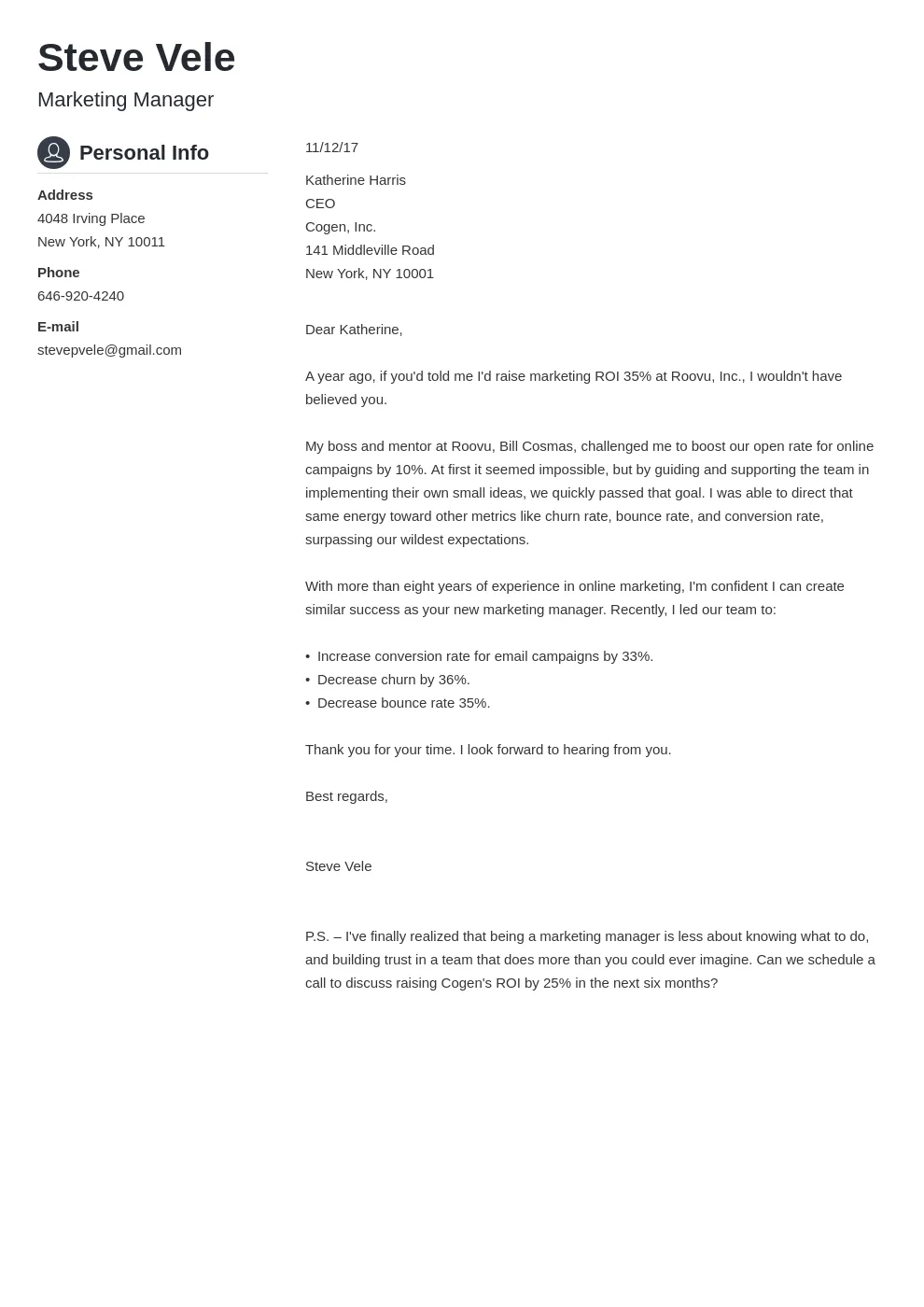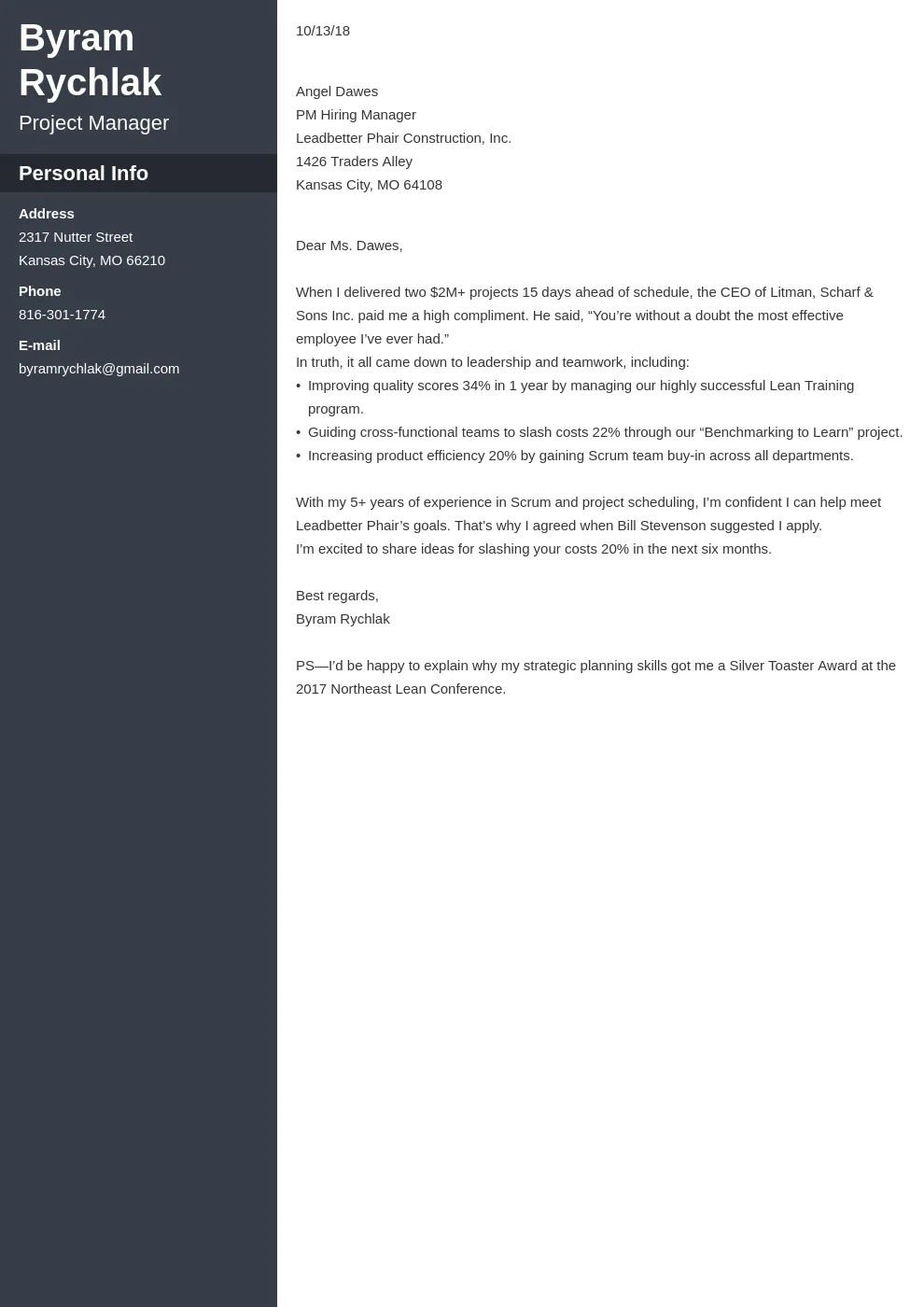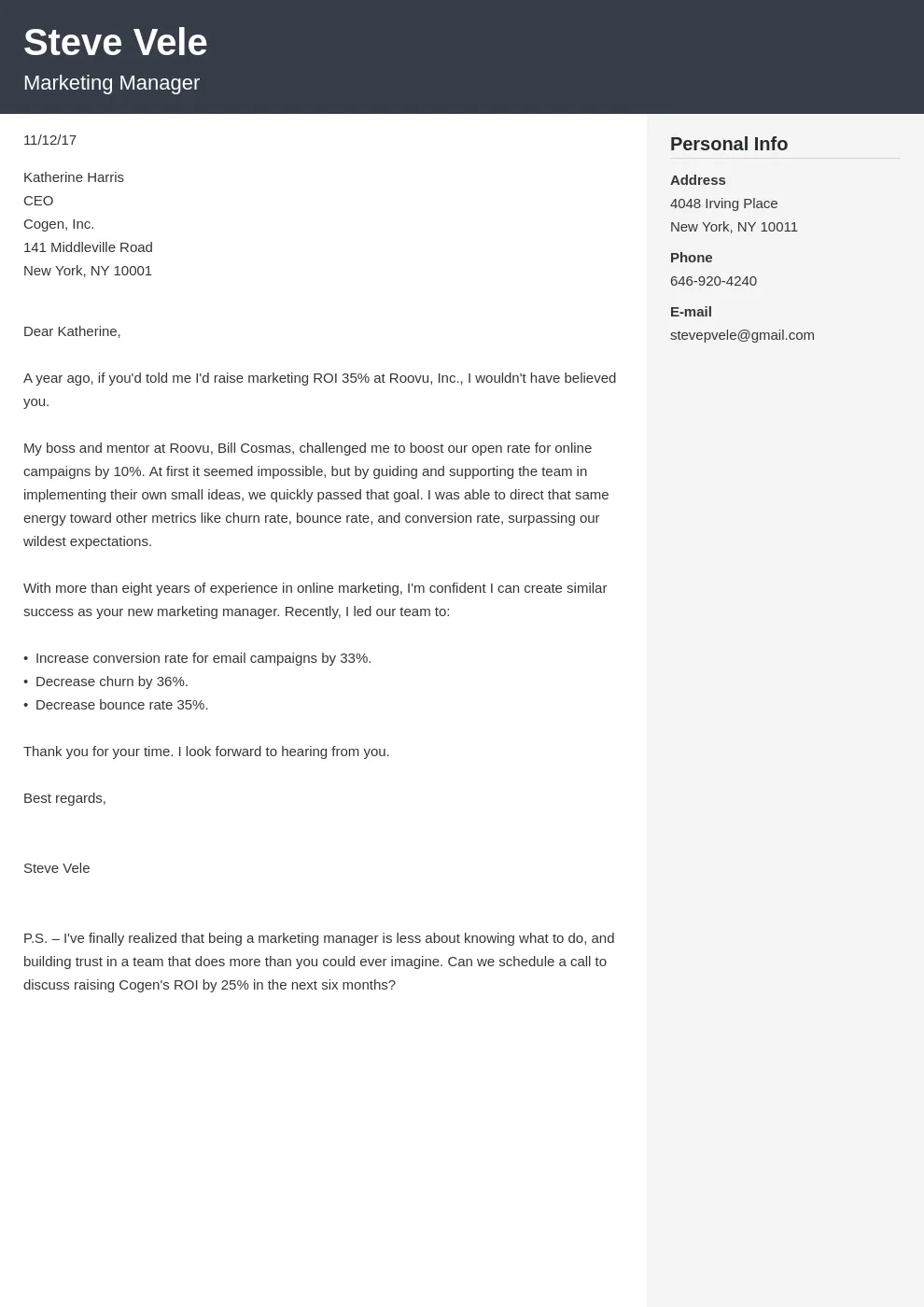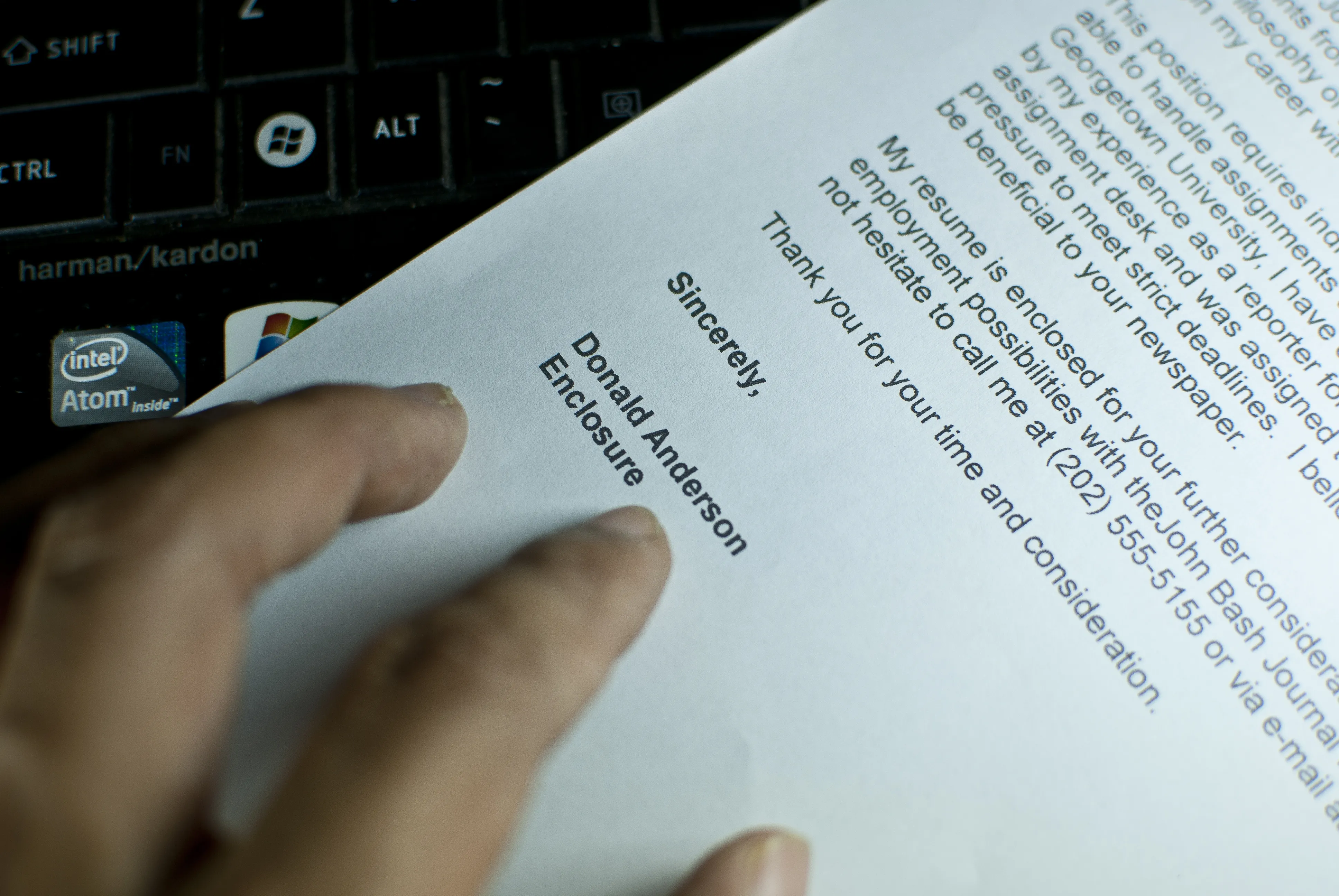Cover Letter Basics Understanding the Fundamentals
A cover letter is more than just a formality; it’s your first opportunity to make a strong impression on a potential employer. It serves as a personalized introduction, complementing your resume by providing context, demonstrating your communication skills, and showcasing your enthusiasm for the position and the company. Understanding the fundamental purpose of a cover letter is crucial for crafting one that effectively grabs attention and increases your chances of landing an interview. The best cover letters go beyond simply restating information from your resume; they tell a story, highlighting how your skills, experience, and personality align with the job requirements and the company culture. This document should be tailored to each specific job application, reflecting a genuine interest in the opportunity and a clear understanding of the employer’s needs.
Cover Letter Structure Formatting for Success
The structure of your cover letter is just as important as its content. A well-organized cover letter is easy to read and immediately communicates professionalism and attention to detail. Start with your contact information at the top, followed by the date and the hiring manager’s contact information (if available). The body of the letter should be divided into clear paragraphs that address key aspects: the purpose of your letter, your qualifications, your interest in the role, and a call to action. Keep each paragraph concise and focused, avoiding lengthy blocks of text. Proper formatting includes using a professional font, consistent margins, and appropriate spacing between paragraphs. This ensures that your cover letter is visually appealing and easy for the reader to navigate. The goal is to present a polished document that makes a positive first impression and encourages the reader to learn more about you.
Your Header Contact Information and Essentials

Your header sets the stage for your entire cover letter, and it’s where you provide essential contact information. Begin with your full name, followed by your phone number, email address, and optionally, your LinkedIn profile URL or personal website. Ensure your email address is professional and easy to remember; avoid using nicknames or informal language. The header should be neatly formatted, with consistent spacing and font style, to maintain a polished appearance. Including this information at the top ensures that the hiring manager can quickly reach out to you if they are interested in your application. This section should be concise, clear, and directly accessible.
The Salutation Addressing the Hiring Manager
The salutation is your formal greeting and sets the tone for the rest of your cover letter. Ideally, you should address the hiring manager by name. Research the company website or LinkedIn to find out who is in charge of hiring for the position. If you cannot find a specific name, a general greeting such as ‘Dear Hiring Manager’ is acceptable but less impactful than a personalized one. Avoid generic salutations such as ‘To Whom It May Concern,’ as they can make your letter feel impersonal. Using the correct name and title demonstrates that you have done your research and are genuinely interested in the position. The salutation should be followed by a colon or comma, depending on your preferred style and the overall formatting of your letter.
Crafting a Compelling Opening Grab Their Attention
The opening paragraph is where you make your first impression, so it needs to be compelling enough to grab the reader’s attention. Avoid generic opening lines that simply restate the job title; instead, aim to convey your enthusiasm for the position and the company. Consider mentioning how you learned about the opportunity, referencing a specific project or achievement that aligns with the job’s requirements, or stating what you find exciting about the role. This is your chance to immediately demonstrate your understanding of the company’s needs and your ability to meet them. The opening should be concise, engaging, and clearly state your purpose for writing. This will encourage the hiring manager to read on, learning more about your qualifications and interest in the role.
Highlighting Your Skills Showcase Your Strengths

The body of your cover letter should highlight the skills and experiences most relevant to the job. Refer to the job description and identify the key requirements and keywords. Then, provide specific examples of how you have demonstrated these skills in previous roles or projects. Use the STAR method (Situation, Task, Action, Result) to structure your examples, providing context and showing the impact of your contributions. Avoid simply listing your skills; instead, illustrate how you applied them to achieve specific outcomes. Tailor your examples to align with the company’s needs and the specific requirements of the role. This will show the hiring manager that you not only possess the necessary skills but also understand how they can be applied to contribute to the company’s success. Remember to always include measurable results, as this shows clear evidence of your accomplishments.
Quantify Your Achievements Use Numbers
Using numbers to quantify your achievements adds credibility and impact to your cover letter. Instead of saying, ‘I improved customer satisfaction,’ state, ‘I increased customer satisfaction by 15% within six months.’ Whenever possible, provide specific metrics to demonstrate the value you brought to previous roles. This is particularly effective when highlighting your accomplishments in areas such as sales, project management, or process improvement. Quantifiable results provide tangible evidence of your abilities and accomplishments. These numbers help the hiring manager to understand the scope of your contributions. By providing hard data, you demonstrate your ability to drive results and achieve measurable outcomes. Using numbers is a key technique to show how you are a valuable asset for the company. This concrete evidence makes your claims more persuasive and shows your value to the company.
Tailoring Your Letter Customization is Key
Customization is essential for creating a cover letter that stands out. A generic cover letter is easily recognizable, and it may be dismissed by hiring managers. Tailor your letter to each specific job application by researching the company, understanding the role’s requirements, and emphasizing the skills and experiences most relevant to the position. This shows that you have taken the time to understand the company’s needs and have a genuine interest in the opportunity. Customizing your cover letter also means using keywords from the job description, demonstrating that you align with the requirements of the role. This personalization shows that you care enough to adapt to the company’s needs and are a good fit for the organization. Tailoring your letter significantly increases the chances of getting the hiring manager’s attention.
Addressing Gaps in Your Resume Explain Clearly

If there are gaps in your resume, such as periods of unemployment or changes in career paths, your cover letter provides an opportunity to address them. Explain the reasons behind the gaps in a straightforward, honest, and positive manner. Framing the situation positively, focus on what you did during that time, such as volunteering, taking courses, or developing new skills. Highlight any lessons learned or experiences gained that are relevant to the job. Avoid being defensive or overly detailed; keep your explanation concise and to the point. The goal is to show that you are proactive and resilient, and that you have grown from the experience. By addressing gaps upfront, you prevent the hiring manager from making assumptions and demonstrate your ability to overcome challenges. This approach can turn a potential negative into an opportunity to show your adaptability and maturity.
Writing a Strong Closing Call to Action
The closing paragraph should reiterate your interest in the position and make a clear call to action. Thank the hiring manager for their time and consideration. Reiterate your enthusiasm for the opportunity and the company. Express your eagerness to discuss your qualifications further and to schedule an interview. Keep your closing concise and professional. Avoid vague statements and instead make a specific request, such as indicating your availability for an interview or expressing your willingness to provide additional information. A strong call to action encourages the hiring manager to take the next step in the hiring process and shows your genuine interest in the role. It’s the final impression you make, so make it memorable and effective.
Proofreading and Editing Ensure Perfection
Proofreading and editing are critical steps in the cover letter writing process. A cover letter with errors can undermine your credibility and create a negative impression. Carefully check your letter for any grammatical errors, spelling mistakes, and typos. Ensure the formatting is consistent, and the language is clear and concise. Read your cover letter aloud to catch any awkward phrasing or sentences. Ask a friend, family member, or career advisor to proofread your cover letter for you. A second set of eyes can often identify errors that you might have missed. Proofreading ensures your cover letter is professional and polished. This demonstrates your attention to detail, communication skills, and commitment to presenting yourself in the best possible light.
